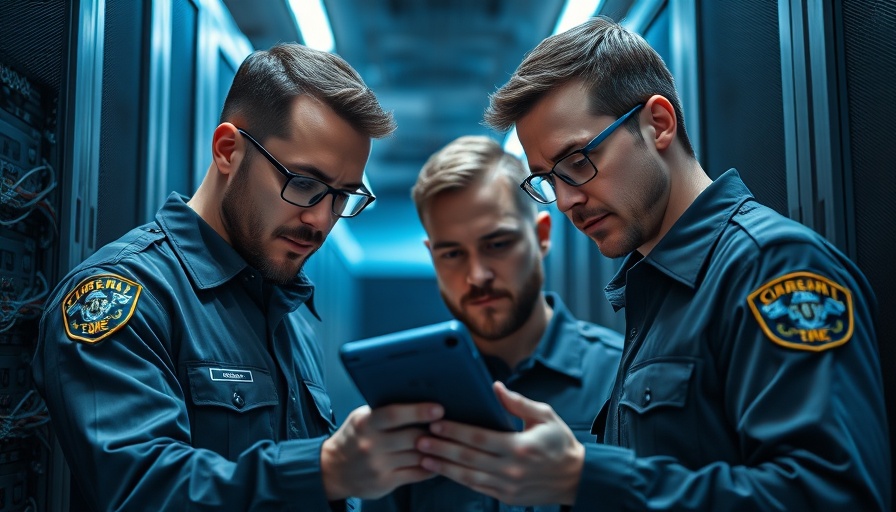
Chinese Cyber Intrusions Targeting U.S. Infrastructure
In early January 2025, local governing bodies across the U.S. became the unwitting targets of a sophisticated cyber-attack linked to a Chinese hacker group referred to as UAT-6382. Security researchers at Cisco Talos revealed that this group exploited a critical vulnerability (CVE-2025-0944) in Trimble Cityworks, a widely-used geographic information system (GIS) software focused on asset management. This vulnerability, which scored a significant 8.6 on the Common Vulnerability Scoring System, allowed the hackers to gain remote access and plant malicious tools aimed at the vital infrastructure.
Understanding the Vulnerability and Its Impact
The vulnerability that UAT-6382 capitalized on pertains to the deserialization of untrusted data, enabling attackers to execute remote commands on infected systems. Following the orchestration of their attacks, the group gained access to maintain long-term control over networks by deploying malware such as Cobalt Strike and VShell, types of remote access tools that facilitate complex operations undetected. The timely patching of CVE-2025-0944 by authorities highlights the pressing need for continuous vigilance in software updates.
The Broader Implications of Cybersecurity Threats
This incident underscores a growing concern regarding the vulnerability of U.S. infrastructure to foreign hacking. The implications are far-reaching, as local governments often manage critical services such as utilities and transportation. A successful breach can potentially lead to data leaks and service disruption, prompting calls for improved cybersecurity measures and rapid response strategies. As recent attacks indicate, the operational tempo of such cyber threats is escalating, necessitating a bolstered defense posture from agencies like the U.S. Cybersecurity and Infrastructure Security Agency (CISA).
What Can Be Done Moving Forward?
To mitigate the risks associated with similar vulnerabilities, entities within the government and private sectors should conduct regular security audits, invest in cybersecurity training for staff, and foster a culture of proactive engagement with emerging technologies. As the landscape of cyber threats evolves, so must our strategies for defense, emphasizing a blend of cutting-edge technology and human vigilance.



Write A Comment